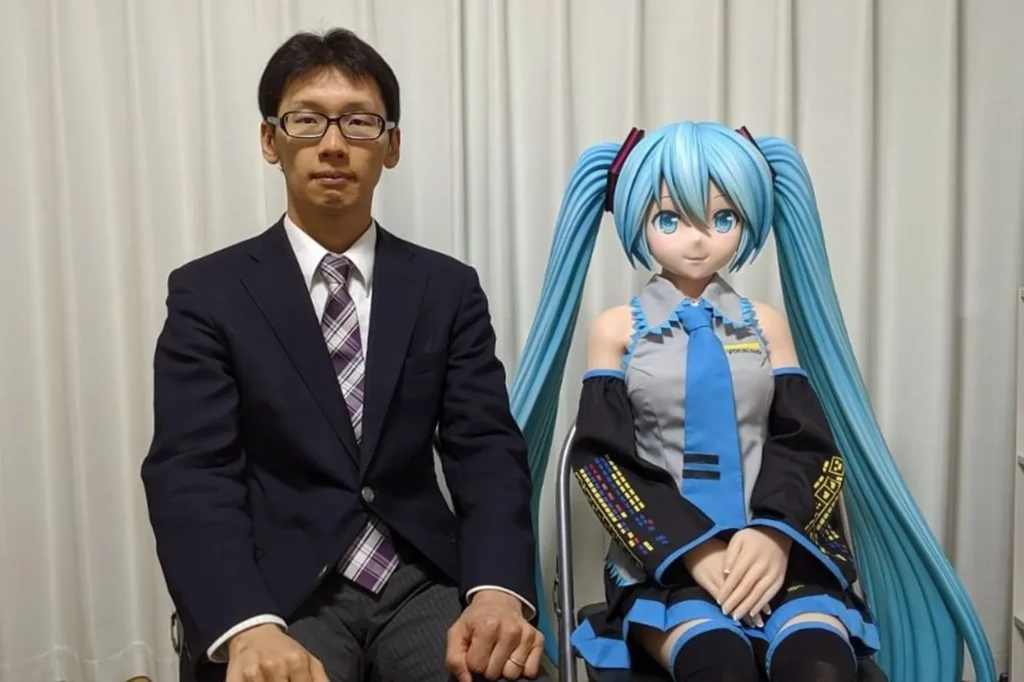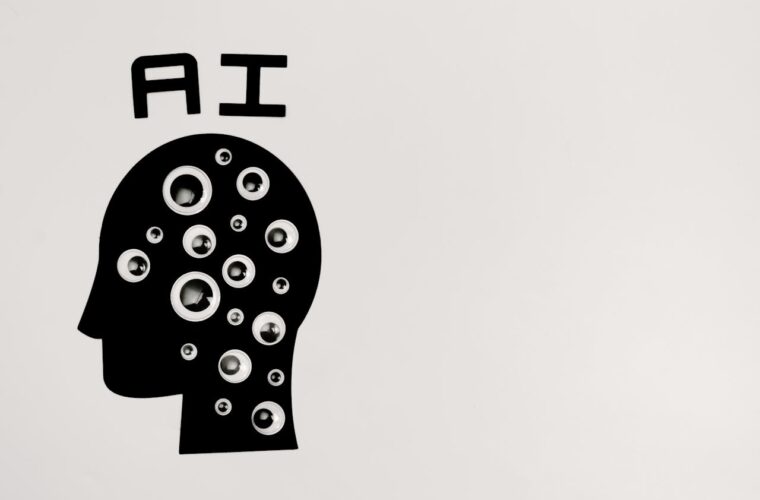In the heart of Barcelona, Spanish artist Alicia Framis is making headlines with her groundbreaking decision to marry a hologram. Imagine a partner who is always there when you need them yet never offers a kiss, a hug, or any form of physical affection. Someone with whom you share a “romantic relationship,” engaging in endless conversations, but who will never change a lightbulb or help with grocery bags? This partner won’t do the dishes or open the door for visitors but will always be by your side without disturbing your sleep with snoring. This description might not fit the ideal relationship for many, but it embodies love from an alternative dimension.
Framis will be the first woman to say “yes” to a virtual partner – an advanced hologram of her design tailored to “meet all her emotional needs.” While currently categorized as a “performance,” the artist’s portrayal reflects a scenario that could soon become entirely real. With this decision, Framis aims to explore the intersection of human interaction, artificial intelligence, and contemporary art.
AILex: the virtual partner
“Artificial intelligence is still closely linked to science and lacks poetry, art, and warmth,” Framis explains in a statement. She has revealed certain details about her relationship with the hologram, named AILex, which is a composite of her past relationships. Currently, Framis is designing her wedding dress and determining the attire for those attending the ceremony, which is set to take place on the rooftop of the Depot Boijmans Van Beuningen Museum in Rotterdam.
In collaboration with the LAM Museum, a Dutch art museum specializing in food, Framis is working on creating molecular foods for their wedding banquet, suitable for both humans and humanoids. “I want to make an artistic documentary that includes drawings, interviews with other women, sketches of bodies, hands, romantic dreams, household situations, and my partner’s daily life. I want to explore how to integrate the hologram into my everyday life,” Framis adds.
As evidence of their relationship and coexistence, she shares videos and photos on her Instagram account, showing her and AILex engaging in everyday activities such as cooking and eating together.
The growing phenomenon of fictosexual relationships
Framis’ unique venture is not an isolated case. There is a growing community of individuals, known as fictosexuals, who form romantic attachments to fictional characters. One prominent example is Akihiko Kondo, a 39-year-old Japanese man who married the virtual pop singer Hatsune Miku. Unlike Framis, Kondo’s relationship has faced significant challenges, particularly regarding communication issues, as highlighted by various media outlets, including the BBC and the New York Times.
Kondo’s relationship with Miku, a character depicted in pop culture as a 16-year-old with long turquoise hair, began over a decade before he “married” her in an unofficial ceremony in 2018. Despite spending 2 million yen (approximately $17,300) on the wedding, no family members attended. Kondo, who identifies as fictosexual, has been candid about his preference for fictional characters over human partners, attributing this to his intense attraction to characters like Miku.

The creation of virtual pop stars
Miku was created using Yamaha’s Vocaloid technology and quickly became a mainstream media sensation, appearing in manga, anime series, and video games. She even toured with Lady Gaga during her Artpop Ball tour in 2014. For Kondo, Miku was more than just a pop star; she played a crucial role in helping him cope with depression caused by workplace bullying. Despite initial difficulties accepting his feelings, Kondo knew that human companions were not suitable for him after experiencing rejection from others. “I stayed in my room 24 hours a day and watched Miku videos all the time,” he told Mainichi.
“There are two reasons why I had a public wedding,” Kondo explained to the BBC. “The first is to prove my love for Miku. The second is that there are many young otaku like me who fall in love with anime characters. I want to show the world that I support them.”
The future of human-hologram relationships
Framis and Kondo’s stories are at the forefront of a broader movement exploring the potential of human relationships with artificial beings. As technology advances, the lines between reality and virtuality blur, challenging traditional notions of love and companionship. The emotional bonds formed with virtual partners like AILex and Miku raise important questions about the nature of relationships, intimacy, and human connection.
In her artistic exploration, Framis is not only pushing the boundaries of contemporary art but also inviting us to reconsider what it means to love and be loved in an age of artificial intelligence. Her marriage to AILex, while unconventional, represents a profound commentary on the evolving dynamics of human relationships and the role of technology in shaping our emotional lives.
As we move forward, the experiences of individuals like Framis and Kondo will continue to shed light on the complex interplay between human emotion and artificial intelligence, offering new perspectives on the possibilities and limitations of virtual companionship. Whether seen as a performance, a social experiment, or a genuine romantic endeavour, these pioneering relationships pave the way for a future where the distinction between human and virtual partners becomes increasingly ambiguous.



